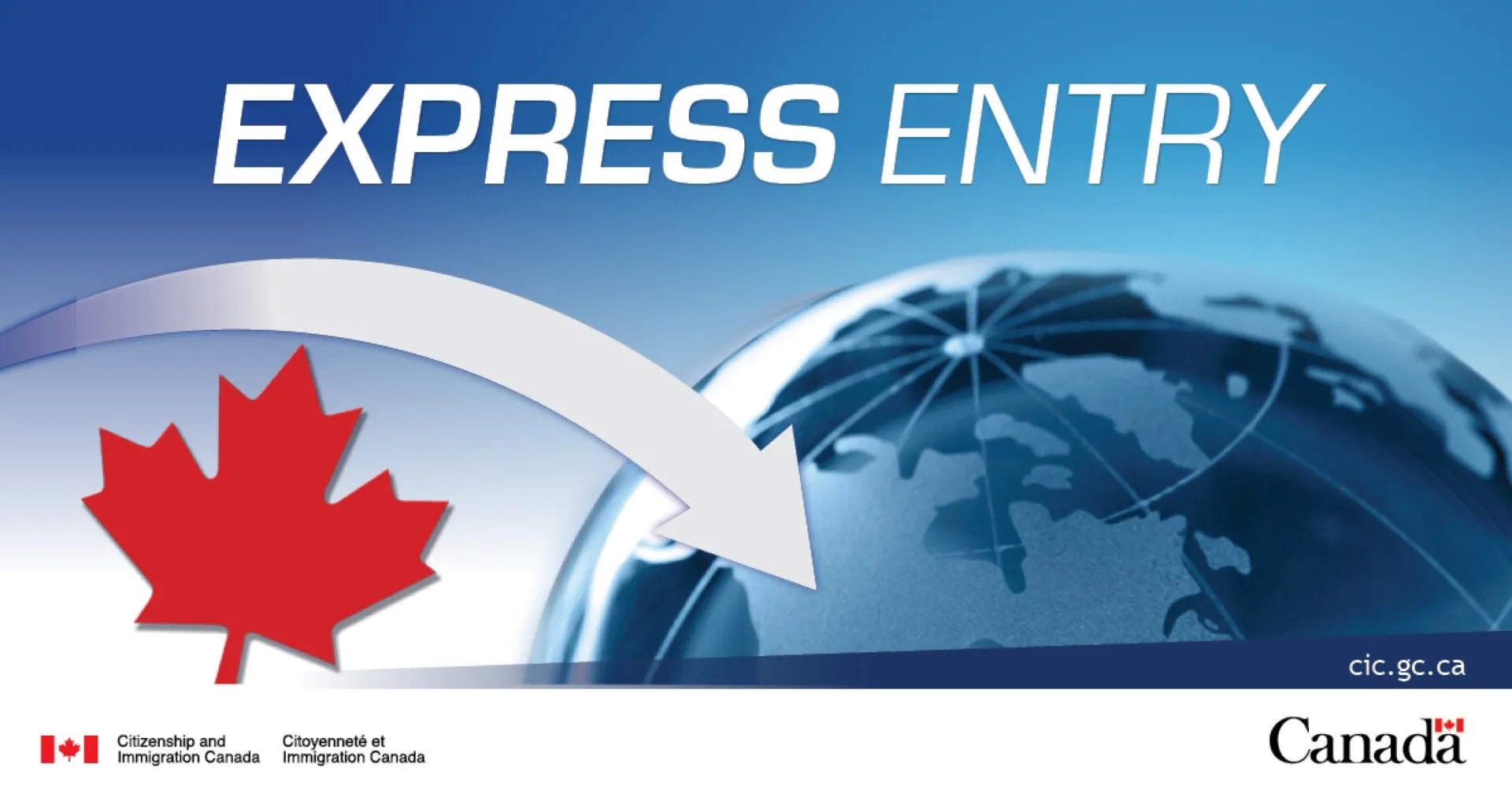IRCC Hosts Third Express Entry Draw of the Week, Focusing on Healthcare Occupations

Canada's Immigration, Refugees and Citizenship Department (IRCC) is keeping things lively with its third Express Entry draw this week. This time around, they've thrown out 3,600 invitations to apply (ITAs) in a healthcare occupation category-based selection draw. To be in the running, candidates needed to clock in with a minimum Comprehensive Ranking System (CRS) score of 431.
But that's not all; this week has been a rollercoaster of invitations. The first draw on October 24 was a Provincial Nominee Program (PNP) exclusive event, where IRCC handpicked 1,548 candidates who had a minimum CRS score of 776 to apply. The PNP crowd typically has to aim high on the CRS scale because they're already province-nominated, which gives them an extra 600 CRS points in their pocket.
On October 25, it was all about the French speakers. IRCC extended invites to 300 candidates in a category-based selection draw, but they had to show off their French-speaking proficiency and flaunt a minimum CRS score of 486 to make the cut.
Here's a game-changer for Express Entry candidates: starting October 1 this year, they're no longer required to jump through hoops for an upfront immigrant medical examination (IME) before submitting their permanent resident application to IRCC. That doesn't mean the medical exam is off the table; candidates can now submit a blank document in the Express Entry profile builder's upload field. The IRCC will slide some instructions under your door regarding the medical exam when the time's right. And if you've already completed an IME as part of a different IRCC application or are already living in the Great White North, you can kick back and relax – no second IME necessary.
Now, let's talk about Express Entry. It's like the maestro conducting a symphony of immigration programs, including the Federal Skilled Worker Program, the Canadian Experience Class, and the Federal Skilled Trades Program. These programs roll under the Comprehensive Ranking System (CRS) umbrella, where candidates get their scores based on factors like age, language prowess, work experience, occupation, and education. They aim to reach the mythical 1,200-point summit, but it's a tough climb. The minimum CRS cutoffs usually dance between 350 and 550, sometimes going higher, depending on the draw type. Those perched on the highest CRS peaks are the ones most likely to bag an ITA for a shot at permanent resident status.
And what's category-based selection, you ask? Well, it's a game-changer that IRCC introduced earlier this year. Instead of just relying on CRS scores, they now use categories to decide who gets the golden ticket. Thanks to a nifty law passed in June 2022, the immigration minister can invite candidates who fill a particular economic niche in Canada or help promote the French language worldwide. IRCC rolled out six categories for Express Entry candidates in May, focusing on strong French abilities or experience in healthcare, STEM professions, trades, transport, agriculture, and agri-food.
So far, these category-based selection draws have been like fireworks lighting up the immigration sky – 10 times since June, over 10,000 ITAs have been sent out, and all of these lucky candidates were already hanging out in the Express Entry pool.

